In a world where technology continues to push the boundaries of imagination, OpenAI has introduced Sora, a groundbreaking AI model that can turn simple text prompts into mesmerizing videos. Imagine typing a sentence like “A man walks on the moon with a dog” and witnessing it unfold into a stunning visual narrative – all made possible by Sora.
What is Sora and How Does it Work?
Sora is an advanced AI model specializing in text-to-video synthesis. This challenging task requires the model to not only understand the nuances of natural language but also grasp the visual and physical aspects necessary for video creation. Based on a deep neural network, Sora leverages a vast dataset of videos to simulate the physical world in motion.
Upon receiving a descriptive prompt, Sora interprets it, extracting relevant keywords such as subjects, actions, locations, time, and mood. It then scours its dataset to find the most suitable videos matching these keywords, seamlessly blending them to produce a new, cohesive video. Sora even incorporates style transfer, allowing users to customize the video’s appearance based on preferences like cinematic style, 35mm film shots, and vivid colors.
The Capabilities of Sora
Sora doesn’t just stop at generating videos; it creates highly detailed scenes with complex camera motions, multiple characters exhibiting vibrant emotions, and resolutions up to 1920×1080 or 1080×1920. It can handle various genres, from fantasy and sci-fi to horror and comedy. Additionally, Sora can work with still images, bringing them to life by animating elements and extending existing footage with new material.
Applications of Sora
The implications of Sora’s capabilities are vast, spanning across different industries and creative endeavors. Some potential applications include:
1. Filmmaking and Storytelling
Sora can assist filmmakers and storytellers by visualizing their ideas and concepts, helping them create compelling videos, movie trailers, short films, animations, and documentaries.
2. Video Editing and Production
Video editors and producers can use Sora to enhance existing videos by adding special effects, changing backgrounds, or inserting new characters, providing more variety and creativity.
3. Education
Educators and learners can benefit from Sora by creating engaging educational videos that explain scientific concepts, historical events, or cultural phenomena.
4. Social Media
Sora empowers social media users and influencers to create personalized videos for birthday greetings, travel diaries, memes, fostering unique and fun content.
5. Visualization and Creativity
Designers and innovators can use Sora to visualize ideas, scenarios, and dreams from text descriptions, facilitating the creation and testing of prototypes and visions.
Challenges and Limitations
While Sora represents a leap forward in AI video generation, it comes with its set of challenges and limitations:
Limited Availability: Currently, Sora is accessible only to a small group of researchers and creative professionals for feedback and testing.
Unknown Public Release: OpenAI has not disclosed when or how Sora will be released to the general public, including pricing and licensing details.
Content Restrictions: Sora is subject to OpenAI’s terms of service, prohibiting certain content types, such as extreme violence, sexual content, and hateful imagery.
Ethical Concerns: Sora may generate inaccurate, inappropriate, or harmful content, raising ethical and social risks such as misinformation and emotional manipulation.




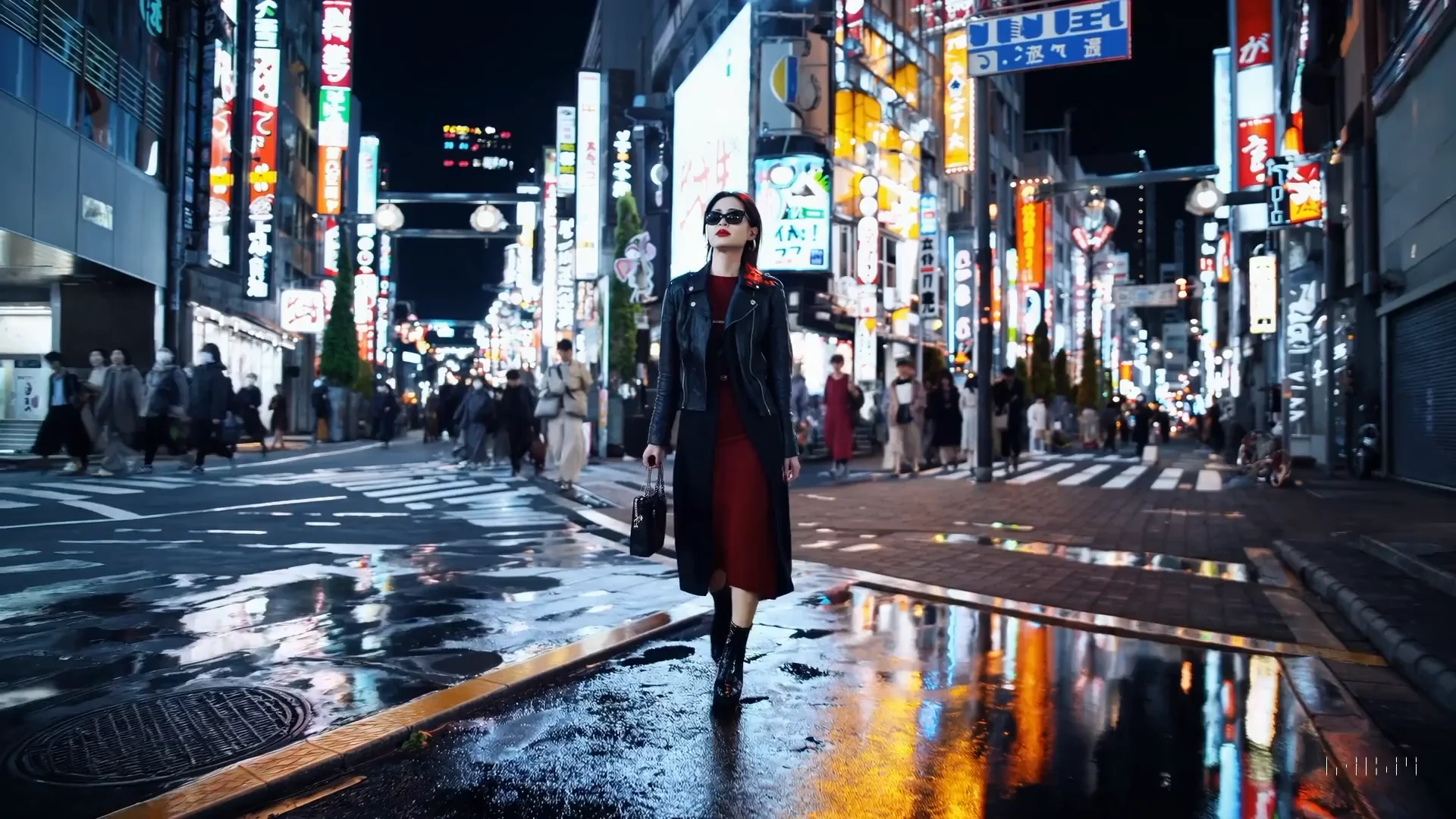
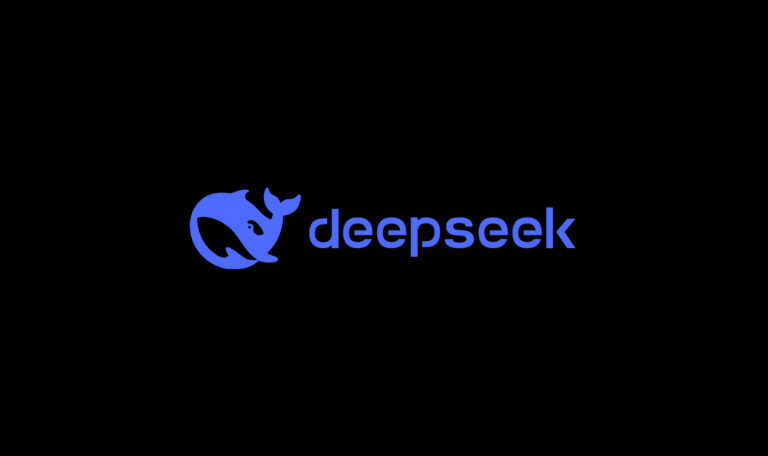
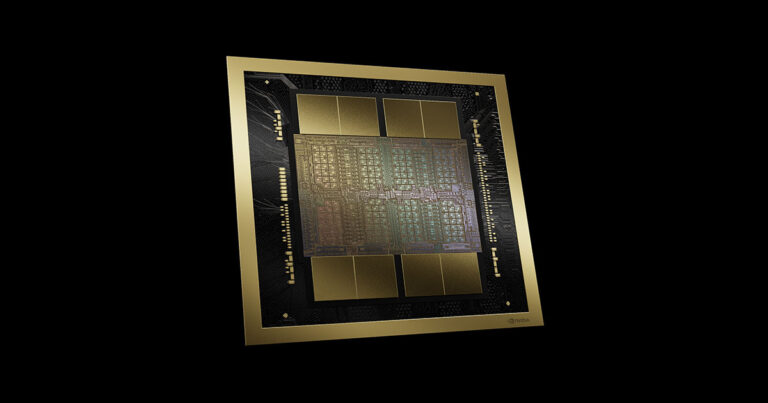

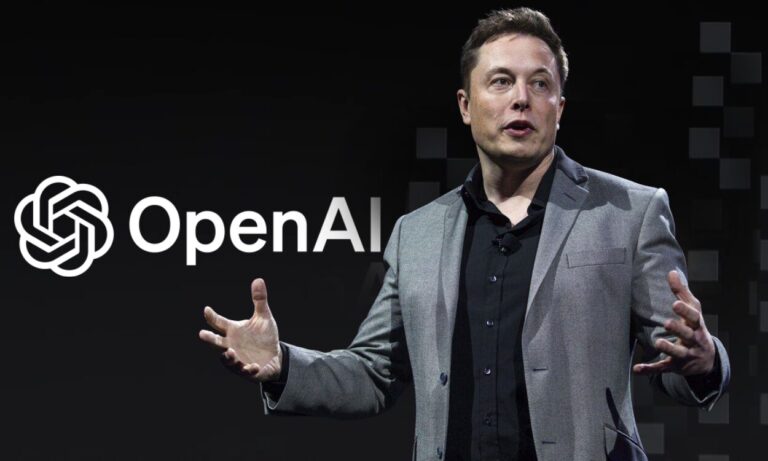
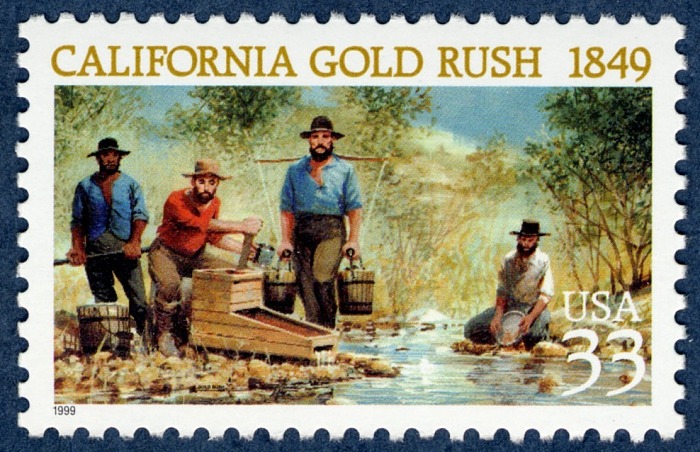
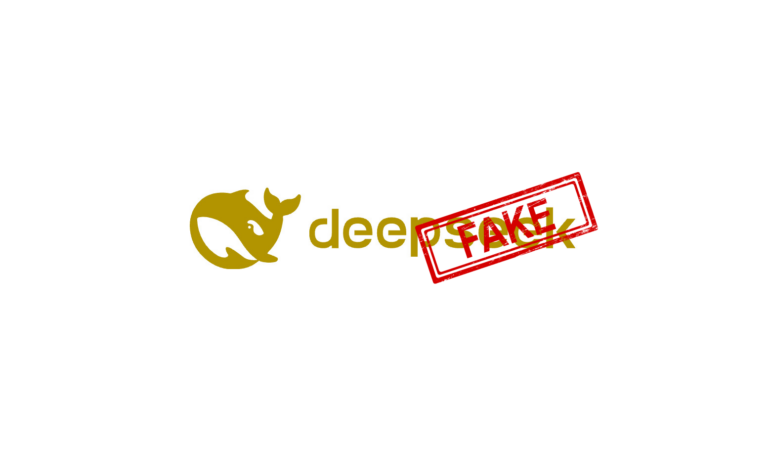

Hi, this is a comment.
To get started with moderating, editing, and deleting comments, please visit the Comments screen in the dashboard.
Commenter avatars come from Gravatar.